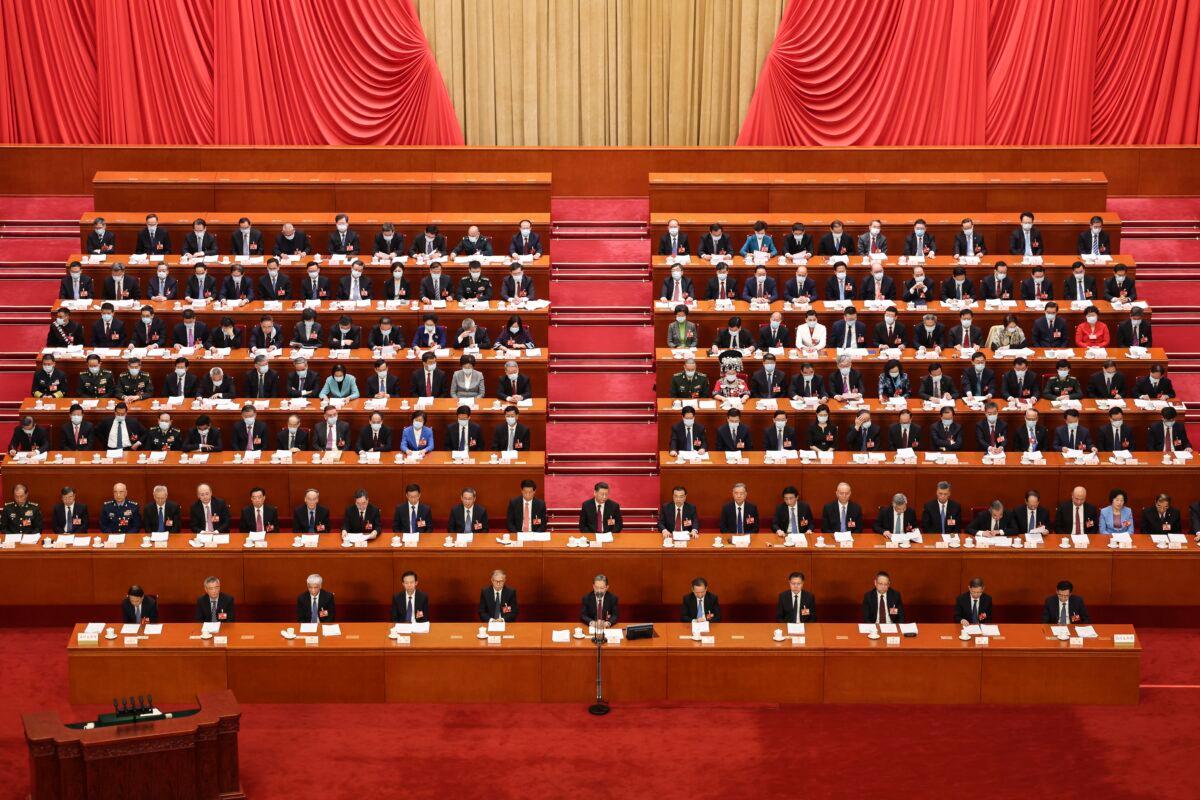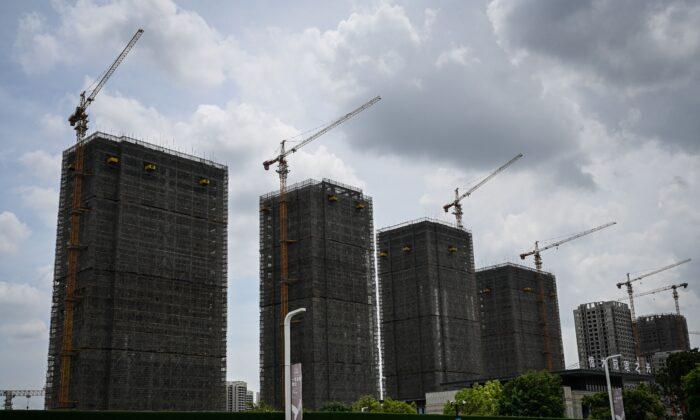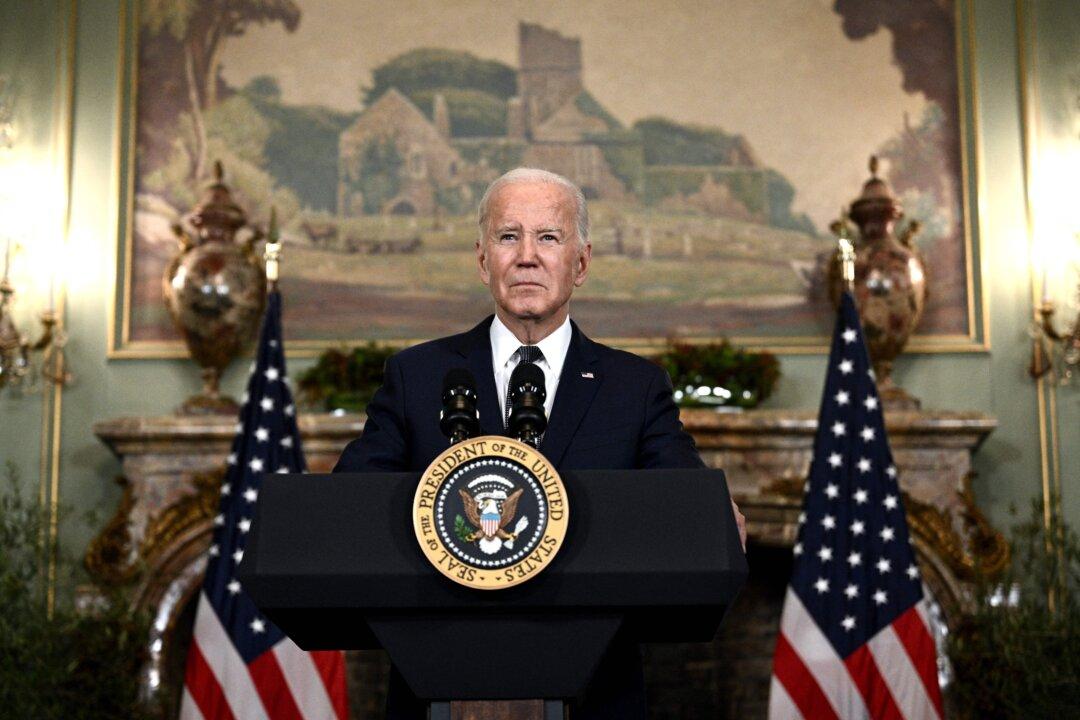Commentary
China ended 2022 better than many analysts had projected, but the numbers were still relatively bad. Retail sales were down by 1.8 percent in December 2022, which was the third consecutive month of declines.
For the year, retail sales were down by 0.2 percent. It isn’t a huge drop, but compared to 12.5 percent growth in 2021, this suggests that the Chinese economy was in a significant downturn. Industrial production slowed by 1.3 percent in December 2022, and the year finished with 3.6 percent growth compared to 9.6 percent in 2021.
Last year, investment in fixed assets increased by 5.1 percent. Infrastructure investment, including railways, ports, and telecommunications networks, was up by 9.4 percent. Investment in electrical machinery manufacturing experienced tremendous growth of 42.6 percent. All this investment was the result of monetary easing and credit expansion combined with a government push for more infrastructure investment.
While increased investment is a relatively positive sign, growth driven by government spending isn’t a sustainable economic model and doesn’t indicate real recovery. It also adds to China’s debt burden, which already stands at 300 percent of its gross domestic product (GDP). Last year, foreigners divested themselves from China government bonds, and so far this year, the sell-off has continued. In January alone, investors sold $15.5 billion worth of Beijing’s sovereign debt.
China’s current account surplus remained high going into 2023, despite a 10 percent drop compared to the previous year. However, the relatively high current account surplus may not be good news. It could be due to the lower profits of foreign-invested businesses. Maintaining a current account surplus will depend on maintaining export volumes. Exports fell by 9.5 percent in December 2022, and exports have fallen by 6.8 percent so far this year and are expected to slide even further. Without exports, the main source of capital inflow into China is foreign investment, which has hit an 18-year low, although it’s picking up this year.
Chinese mutual funds experienced major outflows in January, the highest in three years. Poor performance or pessimism about the future could be driving investors to sell their mutual funds and deposit the cash in their savings accounts. Net capital inflows into Chinese banks in January were just 10 percent of what they had been a year earlier, and in February, they were down by 40 percent year-over-year.
This could be because of decreased corporate deposits stemming from reduced revenues as many of China’s strongest companies posted their worst quarter on record. At the same time, personal savings are up and loans are down, suggesting that consumers are afraid to spend while businesses are afraid to invest, borrow, or expand. Through the beginning of March 2023, consumer spending was still lower than in previous years, but it’s trending upward. Analysts expect the sector to recover slowly in the coming months.
The Central Economic Work Conference (CEWC) held in December 2022 set economic growth as the main priority for 2023 and is counting on the private sector to drive the recovery.
A statement released by the CEWC reads, “We need to encourage and support the private sector economy and private enterprise in terms of policy and public opinion.”
However, the problem is that the labor pool available to the private sector is declining. The Chinese population shrank by 850,000 people last year, and the trend is expected to accelerate as birthrates fall to record lows. As the size of the workforce declines and China continues to price itself out of low-end manufacturing, the driver of growth will have to come from an increase in labor productivity. To this end, the CEWC stressed the importance of upgrading and modernizing China’s industrial sector.
On the one hand, the CEWC stated that it was removing restrictions on the technology sector to prioritize growth. On the other hand, Beijing announced an organizational overhaul by creating a new Central Financial Work Commission to oversee the banking, financial, and technology sectors. This will place these sectors directly under the supervision of the Chinese Communist Party and grant Chinese leader Xi Jinping even more control over the country. During the annual National People’s Congress (NPC), on March 7, China’s State Council also announced that it would be establishing a National Data Bureau, which will be building a “Digital China” by coordinating, integrating, sharing, and utilizing data sources.

History has proven that the best way for the CEWC and the CCP to grow the economy would be to liberalize it. However, it seems that Xi and the CCP will be tightening, rather than loosening, restrictions. This may further discourage domestic consumption and investment while encouraging more people and companies to try and get their money out of China.
Beijing set a modest GDP growth rate for the year of 5 percent. Despite all of China’s problems, analysts believe that this number is attainable. Aidan Yao, senior emerging Asia economist at AXA Investment Managers, for example, believes that the fourth quarter of 2022 was the low point and that the Chinese economy will improve tremendously this year. Even more optimistic is Goldman Sachs predicting growth of 5.5 percent.
The geopolitical situation is a major wildcard in China’s economic recovery prospects. The United States continues to add Chinese firms to its blacklist, with 40 more additions in March, raising Beijing’s ire. The CCP has now enacted anti-sanctions legislation that will allow it to bring retaliatory sanctions against companies from America and other foreign countries. At the same time, the CCP is already sanctioning U.S. firms for selling weapons to Taiwan. The U.S. chip ban is hitting Chinese tech companies hard while also forcing some foreign firms to leave China.
The threat of war and sanctions could scare off more investors. Money managers are devising plans to get their clients’ money out of China in the event of a Taiwan invasion. However, the volume of trade between the United States and China remains extremely high for now. Of course, the political situation could change at any moment. U.S. regulators are considering bringing secondary sanctions against Beijing for its support of Russia in the Ukraine war. A conflict could also erupt in the South China Sea, where the maritime militia and the People’s Liberation Army Navy have been harassing Taiwan, Japan, and the Philippines.
Views expressed in this article are opinions of the author and do not necessarily reflect the views of The Epoch Times.






Friends Read Free